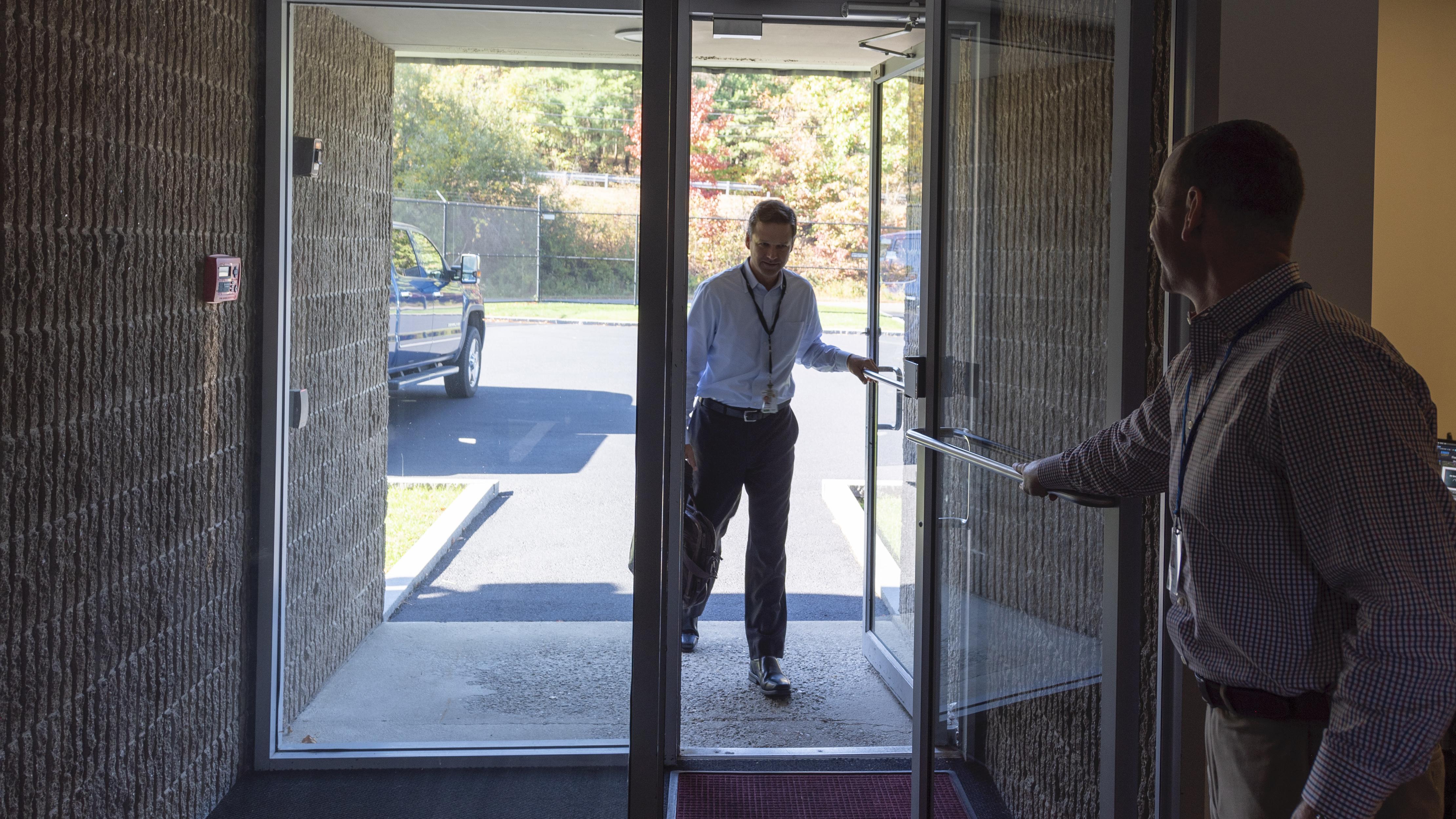
I’ve given several check rides and line observations that resulted in an “Aha!” moment for crews and the necessary check in behavior. And I’ve had a few of my own “Aha!” moments to help me out. A peer review can be similarly enlightening without the threat of a formal evaluation. But how do you actually give or receive a peer review?
(1) Find like-minded pilots nearby.
Look for pilots flying a similar operation in similar aircraft. They don't have to be type rated in the same equipment, just conversant in what you do. (One of the best comments I got while flying Gulfstreams came from a Learjet pilot.) You can use this article as a script to convince them that a peer review program will be mutually beneficial.
There is a divergence of opinion about compensation. Some will argue that for any professional endeavor the professional needs to be paid and that compensating the review pilot at the standard day rate is fully justified. Others will argue that will turn the review into a paid audit and can color the reviewer's opinions. They contend it is better handled as a professional courtesy paid by your offer to conduct a review in return. I will leave that determination to you and your situation.
(2) Get company buy-in.
Your company takes for granted that there are many steps along the way needed to keep you trained, proficient and legal. You can sell the peer review as a step above and beyond the legal bare minimum that takes you to the level of best practices. It may be best to sell this peer review as a flight evaluation, even though it isn't. You can make the same case to your company as you did to your like-minded peer.
(3) Find the right trip.
I find the best peer review happens on an out-and-back trip that gives you a chance to operate both as the pilot flying and the pilot monitoring. These types of trips also reduce the time spent to one calendar day and reduce associated travel and meal expenses.
Ideally, the trip will be with passengers, if your company will permit this. This shows your peer observer how you handle the pressures of dealing with the passengers and their requirements.
(4) Train your peer and crews.
Observing pilots from a jump seat takes a certain amount of tact and willingness to watch and listen without automatically offering opinions on anything worth noting. Peers with previous check airman or standards pilot experience will have a leg up in this process, but that experience is not required. You should emphasize the purpose of the peer review:
(a) Observe crew performance under normal operating conditions.
(b) Assess the effectiveness of training programs.
(c) Determine awareness of industry best practices and regulatory requirements.
(d) Provide a feedback opportunity for crews.
The peer will have an opportunity to watch the crew in action and compare that with his or her own experiences. Any discrepancies are likely to be deficiencies in the training programs and are therefore a good way to assess the effectiveness of those programs. Discrepancies can also be traced to awareness; not everyone gets the word on the latest and greatest practices in the aviation world as a whole. A chance to provide feedback to the reviewer can also provide crews with an opportunity to talk through practices they may have adopted unknowingly.
Though it may not require mention, you should nonetheless establish a few "rules of conduct":
(a) The review pilot will dress according to company standards and will introduce himself or herself to the passengers (if desired) as an "observation pilot."
(b) The review pilot will not impede any activity and will attempt to remain "in the background" for the entire flight.
(c) The review pilot will monitor cockpit and radio communications and will not interrupt ongoing communications.
(d) The review pilot will be another "set of eyes," and will let the pilots know if he or she spots a hazardous situation, such as conflicting traffic or a missed radio call.
(5) Conduct it.
The review pilot should attend all crew events--everything from the crew briefing to post-flight debriefing and everything in between. Pilots should conduct themselves as they normally would without the additional set of eyes, feeling free to collaborate with each other and even asking the review pilot for opinions. Pilots should give the review pilot an emergency egress briefing as well as instructions on the use of the jump seat. The review pilot will have to be adept with deploying and stowing the jump seat so as to "get out of the way" as the pilots will need to get by for normal duties.
The review pilot should take notes and save non-critical remarks for slow periods of the flight or for after the flight has been completed. The review pilot can offer comments during flight if there are slow periods during cruise flight and the pilots invite discussion.
(6) Debrief it.
The review pilot should reconstruct the flight, starting with the initial meeting and covering each phase of the flight(s), emphasizing the positive while covering areas that could be improved. The review pilot should realize that he or she has a different experience base and these ideas may help improve the subject pilots in the future.
The reviewed pilots should listen with the aim of learning from another professional pilot, should not become defensive, and should provide their own comments with the view that the review pilot can learn from them as well.
Editor’s Note: Read “Importance of Peer Reviews For Pilots” by James Albright in case you missed it. The subsequent article is "Peer Review: Real World Results."





